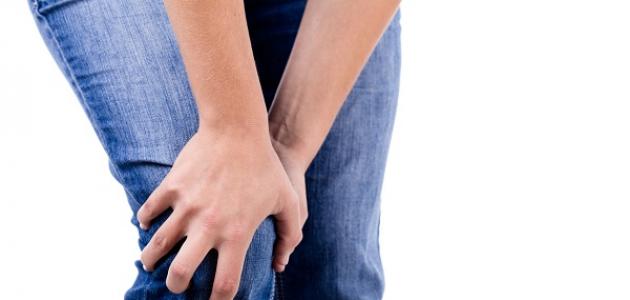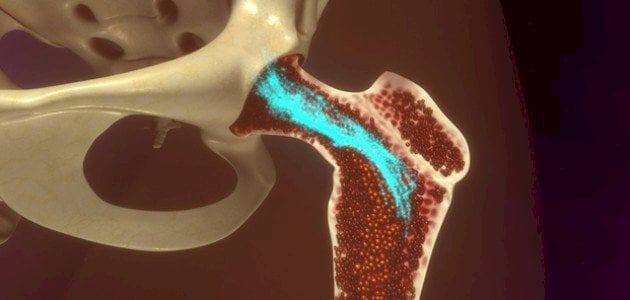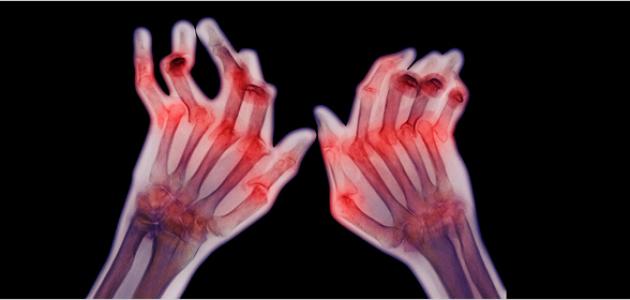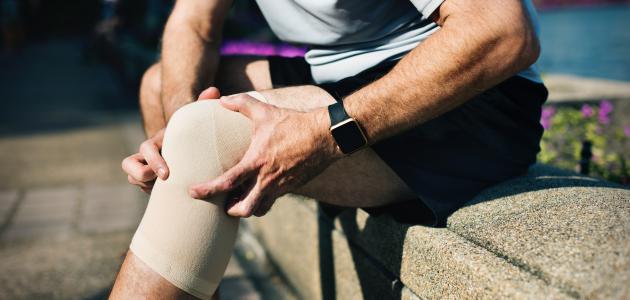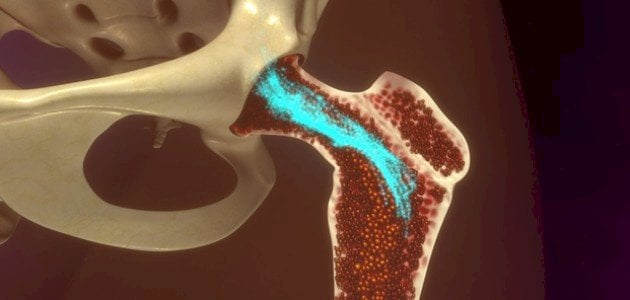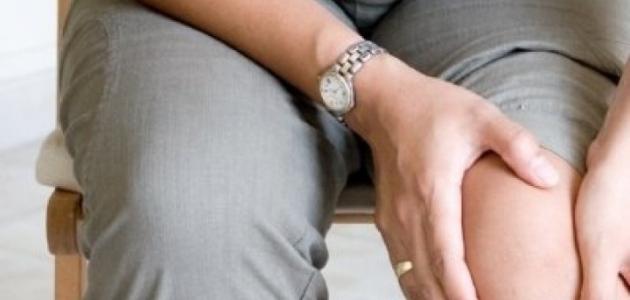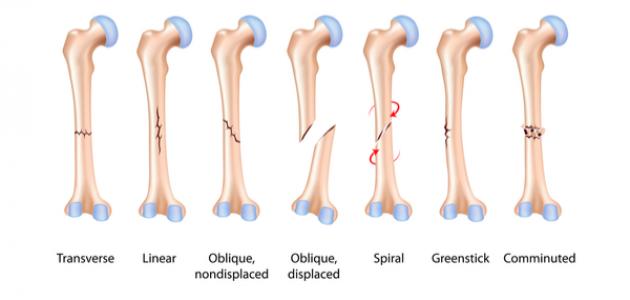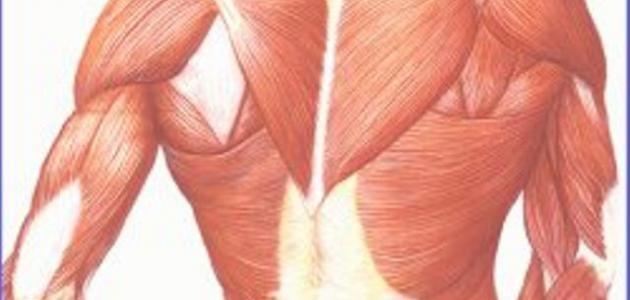knee ache
The problem of knee pain is one of the common health problems that affect people of different age groups. Knee pain may develop gradually, or it may appear suddenly due to exposure to a knee injury, or after exercising. It should be noted that obesity and excessive use of the knee It increases the risk of knee pain. In fact, most cases of mild knee pain can be treated by following some self-care methods, or through physical therapy, or using one of the knee support and stretching equipment, while some other cases may require surgery to repair the damage. What happens in the knee and causes the pain?
Causes of knee pain
There are many different causes that may lead to knee pain, and these causes can generally be divided into three main groups as follows:
Knee injuries
The knee is one of the joints most susceptible to injury due to its unique and complex structure and components, which may lead to suffering from knee pain and, at times, its failure. The following is a statement of some of the common injuries that affect the knee:
- Cystic cavitis: Some knee injuries may lead to inflammation of the bursitis, which may be accompanied by swelling, pain, warmth, and stiffness in the knee, which is a small fluid-filled sac that prevents friction between the knee and the tendons and ligaments surrounding it.
- Meniscus injuries: Some incorrect movements, such as those that occur during exercise, may lead to an injury or tear to the menisci. If the meniscus injury is not treated, the risk of osteoarthritis increases during the coming years for the affected person.
- Tendon injuries: Tendon injuries occur as a result of excessive use or tension of the hamstrings, and these injuries may range from inflammation of the tendon (in English: Tendinitis), and may reach its rupture, and from activities that may lead to injury to the tendon; Lift heavy weights, run, jump, and dance.
- Cruciate ligament injury: The knee is connected to several ligaments called the cruciate ligament, and exposure to a direct blow to the knee may lead to injury to the middle cruciate ligament, while many posterior cruciate ligament injuries occur in football players when exposed to an obstruction and direct fall on the knee. In fact, anterior cruciate ligament injuries to the knee are the most common of these injuries, and they occur due to a sudden twisting movement in the foot.
- Osgood-Schlatter disease: Most cases of Osgood-Schlatter disease occur in children in pre-adolescence and adolescence due to exposure of the upper shin area to repetitive pressure, which leads to inflammation of the patellar ligament (in English: Patellar tendon), which connects The shin and knee cap (in English: Knee cap), and inflammation may lead to tearing of the patellar ligament from the shin in some cases.
- Patellar dislocation: Dislocated kneecap occurs due to exposure to an injury that led to the separation of the kneecap from its place, and this condition may usually be accompanied by severe pain when moving the knee.
Read also:What is knee osteoarthritis?
Mechanical causes
Knee pain may be caused by some mechanical causes in some cases, including the following:
- Foreign objects: Some injuries or degenerative problems in the cartilage or bones surrounding the knee may lead to the separation of small parts of these bones or cartilage and their movement into the knee joint. This condition may not be accompanied by any health problems unless these foreign bodies affect the movement of the knee joint.
- Hip and foot pain: Hip or foot pain results in a person changing the way he walks to avoid feeling pain in some cases, which may lead to walking in a way that increases pressure on the knee, which in turn increases the risk of feeling knee pain.
arthritis
There are many different types of arthritis, and in fact there are some types that affect the knee more than others, including the following:
- gout Arthritis caused by gout occurs as a result of the accumulation of uric acid crystals there, and although the affected joint is usually the big toe joint, it can affect the knee in some cases.
- Pseudogout: In the case of pseudogout (in English: Pseudogout), crystals containing calcium accumulate in the joint fluid, leading to arthritis, and the knees are the most affected joints in this case.
- Osteoarthritis: It is also called degenerative arthritis, and it is the most common type of arthritis, and it occurs as a result of cartilage degeneration resulting from excessive use and aging.
- Rheumatoid arthritis: It is a form of autoimmune disease, as it can affect various joints of the body, leading to inflammation of these joints, including the knees.
- Septic arthritis: Septic arthritis occurs due to infection in the knee joint, resulting in pain, swelling, and redness in the knee, and this condition is often accompanied by fever.
Read also:bone diseases
Risk factors for knee pain
There are a number of factors that increase the risk of knee pain, some of which are mentioned below:
- Suffering from obesity.
- Previous knee injury.
- Do some types of exercise, such as skiing and basketball.
- Weak leg muscles.
- Suffering from leg problems, or unequal leg length.
